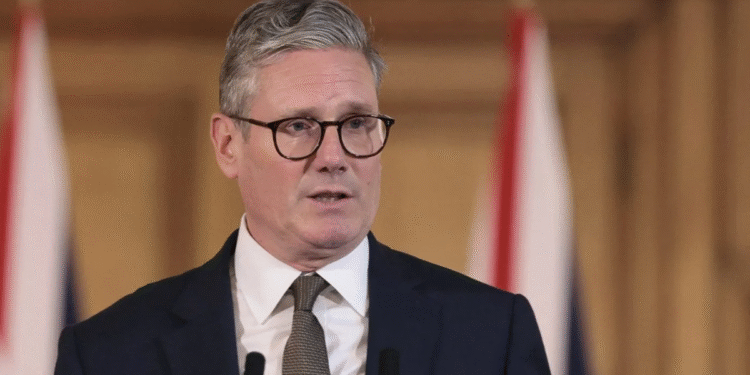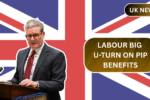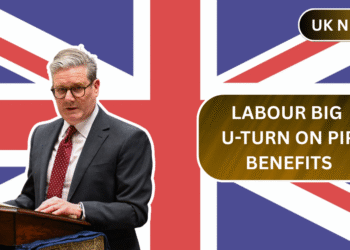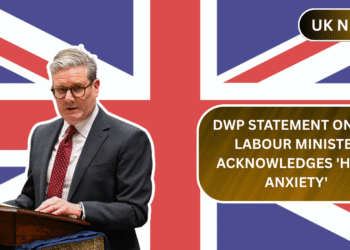The UK government is preparing to roll out the second instalment of the £900 Cost of Living support in June 2025. Millions of households struggling with inflation and high energy bills can expect a £300 payment to ease some of the financial pressure. This payment is part of a broader initiative to support low-income individuals and families during the ongoing cost-of-living crisis.
Here’s everything you need to know about the upcoming £300 payment — including who qualifies, when it’s expected, and how it will be paid.
What Is the £300 Cost of Living Payment?
This Article Includes
The £300 payment is the second of three payments making up the £900 Cost of Living support package for the 2025–2026 financial year. The first payment of £301 was issued earlier in the year, and the final instalment of £299 is expected towards the end of 2025.
These payments are non-taxable and do not affect any existing benefits or tax credits. They are automatically issued by the Department for Work and Pensions (DWP) and HMRC for those who qualify — there is no need to apply.
Who Is Eligible for the £300 Payment?
To be eligible for the £300 Cost of Living Payment, you must be receiving one of the following means-tested benefits during the qualifying period:
- Universal Credit
- Income-based Jobseeker’s Allowance (JSA)
- Income-related Employment and Support Allowance (ESA)
- Income Support
- Working Tax Credit
- Child Tax Credit
- Pension Credit
Note: Contribution-based benefits like contribution-based JSA, contribution-based ESA, and New Style JSA/ESA do not qualify on their own.
You must have received a payment for one of the above benefits during the qualifying period, or have had an assessment period that ended within those dates.
What Is the Qualifying Period?
The DWP has not officially confirmed the exact qualifying dates for the £300 payment yet. However, based on past schedules, it is likely the qualifying period will fall between mid-April to early May 2025.
When Will the £300 Be Paid?
The second Cost of Living Payment of £300 is expected to be paid in mid to late June 2025. Based on previous rollouts, the DWP typically announces payment windows a few weeks in advance.
Those receiving benefits through HMRC, such as Working Tax Credit or Child Tax Credit, usually get the payment a few days after DWP recipients.
Payments are made automatically to the bank account linked with your benefits. There is no application required, and you do not need to contact DWP or HMRC unless you do not receive your payment by the deadline.
How Will You Get the Payment?
If you are eligible, you’ll receive the payment automatically to your bank account. The transaction reference will usually include your National Insurance Number and a note such as “DWP COLP” (Cost of Living Payment).
For those receiving tax credits only, HMRC will issue the payment separately, with a different reference that starts with “HMRC COLS.”
What If You Don’t Receive Your Payment?
If you believe you qualify and still haven’t received your payment within a few weeks after the announced payment window, you can report a missing payment on the GOV.UK website.
Make sure your benefits were active during the qualifying period and that your bank account details are up to date.
What About the Third and Final Payment?
A third and final payment of £299 is expected in early 2026, completing the £900 total support package. More details will be released by the DWP closer to the date.
Additional Support You Can Apply For
Besides the Cost of Living Payments, households may also be eligible for other support, such as:
- Winter Fuel Payment
- Warm Home Discount
- Household Support Fund
- Council Tax Reduction
Each of these schemes has different eligibility rules, so it’s worth checking with your local council or the GOV.UK website.
Final Thoughts
With bills still running high and inflation continuing to affect everyday expenses, the £300 payment will offer much-needed relief to millions across the UK. Stay alert for announcements from DWP or HMRC, and make sure your benefits are active during the qualifying window to avoid missing out.






















